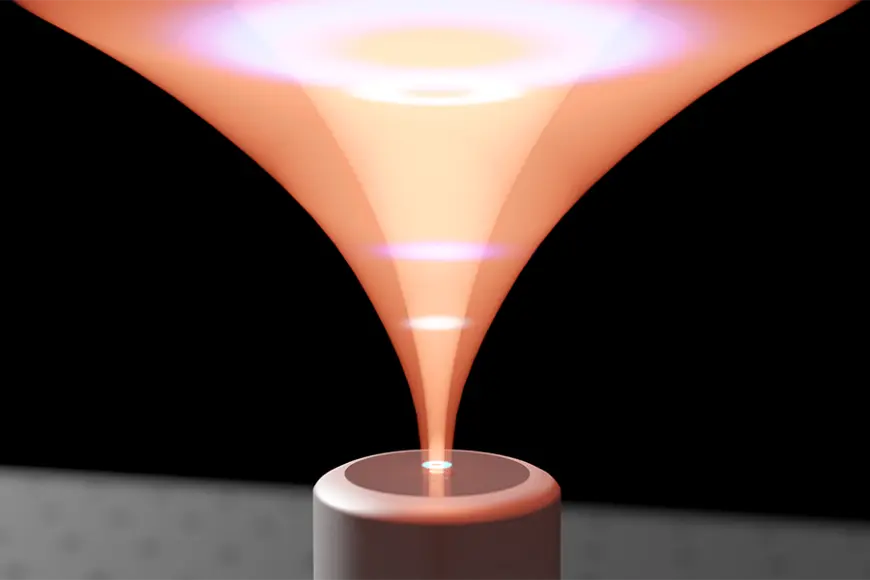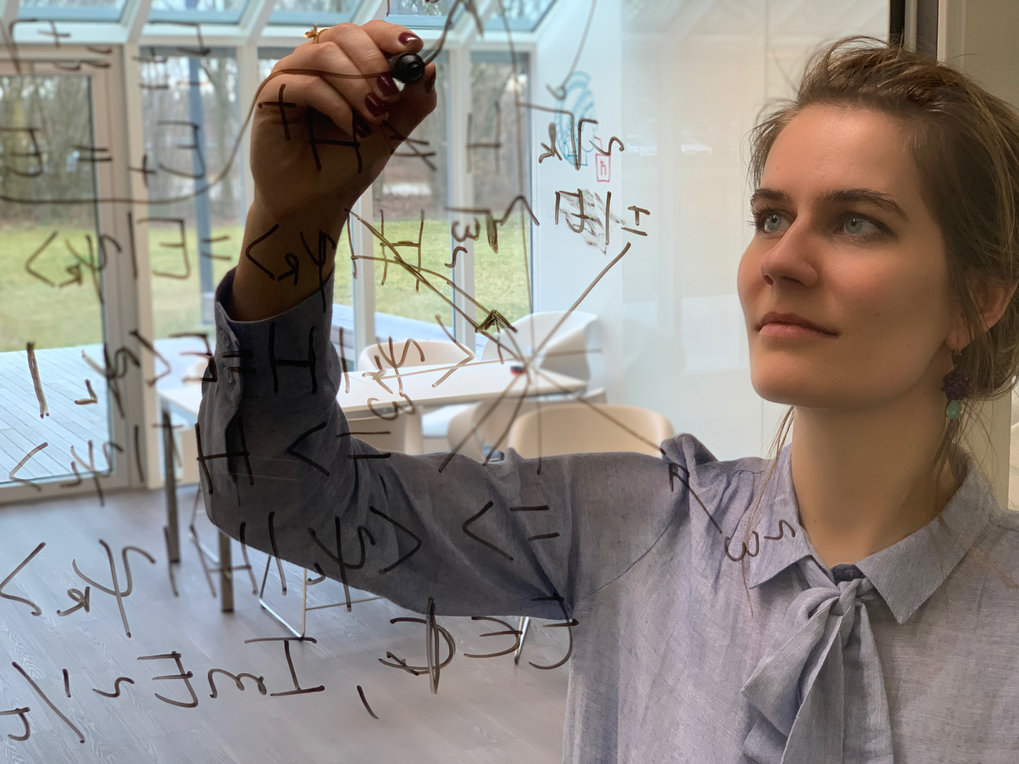Scientists at Tampere University have made a breakthrough in understanding how quantum light behaves when focused, revealing significant differences from classical light behavior and opening new possibilities for precision measurements. This research contributes to an ongoing debate about fundamental optical phenomena and has been published in Nature Photonics.
The study centers on the Gouy phase anomaly, a puzzling effect observed when light passes through a focus point. While this phenomenon has been known and utilized in optical systems for years, its physical origins have remained a subject of scientific debate. The research team, led by Robert Fickler of the Experimental Quantum Optics group, initially set out to structure quantum light for enhanced measurement precision but discovered their findings had broader implications for understanding this fundamental optical effect.
The key discovery lies in how quantum light with a defined photon number behaves differently from conventional focused laser beams. In the quantum realm, the anomalous behavior shows an acceleration compared to classical light. This quantum Gouy phase, as it’s called, not only differs from the standard phase but also appears to be connected to other quantum effects, supporting earlier theoretical speculations in the field.
This research represents a significant advancement in our understanding of optics, a field that continues to yield surprises despite being one of physics’ oldest disciplines. While the classical wave description of light remains largely unchallenged, the quantum perspective offers new insights into fundamental optical effects. The team’s work demonstrates that examining classical phenomena through a quantum lens can reveal previously unknown aspects of light’s behavior.
The practical implications of this discovery are particularly promising in the field of measurement. Since the Gouy phase can be used to determine the distance light has traveled, the accelerated behavior observed in quantum light could lead to more precise distance measurements. This enhanced precision could have applications across various fields requiring exact distance calculations.
The research team’s approach involved using highly developed methods for structuring light fields at the single-photon level, building on decades of technical advancement in this area. This sophisticated control of quantum light allowed them to observe and measure these novel effects with unprecedented clarity.
Looking forward, the Tampere University team plans to expand their research by developing new techniques to measure more complex beams of structured photons. They anticipate that this will not only advance the practical applications of their discovery but potentially reveal additional distinctions between quantum and classical light fields.
Reference: Markus Hiekkamäki, Rafael F. Barros, Marco Ornigotti, Robert Fickler. Observation of the quantum Gouy phase. Nature Photonics, 2022; DOI: 10.1038/s41566-022-01077-w





